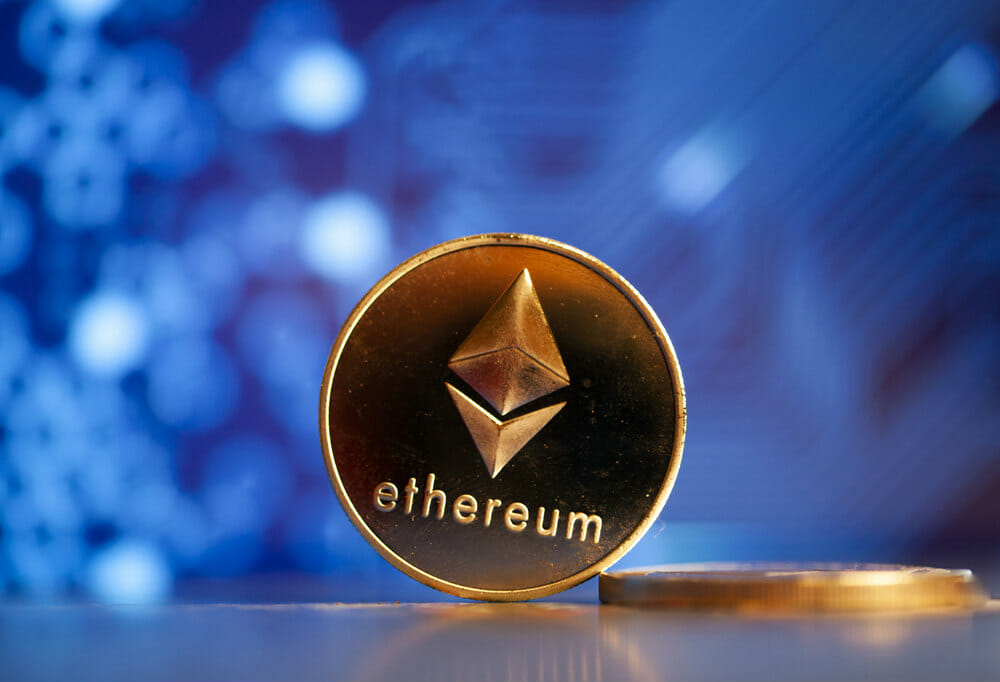The effects of the transition to Proof-Of-Stake (PoS) are still debated.
There was an increase in the number of blocks processed by the Ethereum network after the Merger, putting ETH behind competitors like Cardano (ADA) and Solana (SOL) in network speed, but still well below of expectations.
The long-awaited Ethereum upgrade has raised a lot of expectations among community members about the changes in the ecosystem. Since September 15, when the Merger occurred, the number of blocks processed has increased almost instantly.
Block processing went from 6,000 confirmed to approximately 7,100 blocks per day, something that was already expected. However, the result was below expectations.
ETH Validation More Efficient, But Not as Fast
Even though Ethereum validators now verify transactions faster, the speed of the network has only increased by 13%. Before the Merger, the promise was a 100% raise.
Ethereum already lags behind Cardano, Solana, and Avalanche in terms of network speed, leaving network users dependent on stacks for faster transactions.
The main goal of the Merger was to make the Ethereum network more energy efficient. The solution the developers found to make this possible was to change the network’s consensus mechanism from Proof-Of-Work (PoW) to Proof-Of-Stake (PoS).
This step was already planned in the Ethereum network roadmap; however, it was brought forward a few years, due to the high usability that the network has acquired in recent years, with the appearance of DeFi and NFTs, impacting the gas rates of the net.
Although it has drastically reduced energy use by more than 98%, its high gas rates still affect users. Replacing miners with validators is another point of debate in the crypto community.
To become a validator and verify new blocks, it is necessary to block the 32 ETH network. This amount of ETH is considered high for individual validators and is causing exchanges to dominate the staking process; as a result, this is leading to centralization of the network.
Buy the Rumor, Sell the Fact
Speculation on the price of ETH was high before the Ethereum Merger. Many have fueled the expectation of a soaring asset price, which hit $1,700, but fell to $1,400, 24 hours after The Merger.
ETH’s slump can be linked to broader macroeconomic conditions as central banks continue to raise interest rates to deal with sky-high inflation. Adding to the network problem is the protest of miners boycotting the PoS network, which has seen several hard forks, such as EthereumPoW (ETHW), rise from the ashes in protest of the Merger.
The experts have been making predictions about the price of ETH in the next months, and as author Goran Radanovic summarizes it, these are some major highlights:
End of 2022 – Ethereum could reach $4,000 by the end of the year. That price level is the high set during the coin’s 2021 Bull Run before a significant retrace.
End of 2023 –Ethereum will encounter heavy resistance, the same as the last Bull Run. It is expected to surpass its ATH, and set a new one at around $6,000.
End of 2024 –Ethereum will revisit its key support, at around $1,400 – ATH set in 2018.
As usual, the best thing to do, before considering any major investment moves, is to do your own research.
By Audy Castaneda











